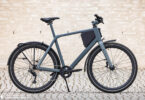Ambition is written with big letters at Decathlon. Being one of the World’s biggest sporting goods retailers is clearly not good enough for the French company, which is now determined to help shape tomorrow’s mobility. The Magic Bike concept study incorporates many clever ideas that are supposed to improve safety and comfort. But how far is Decathlon’s concept bike from being ready for the market?
Not only is the French sport goods giant extremely ambitious but also incredibly keen to provide a level of industry expertise that goes far beyond selling sporting goods. For the Magic Bike concept study, Decathlon brought together four developers from different industrial backgrounds and asked them to solve the riddle of what keeps the urban population from using an e-bike. What are the needs and fears of commuters and how can we address them with an e-bike? It quickly became clear that safety plays a crucial role in this equation. According to Decathlon, the probability of a crash with an e-bike is four times higher (per hour travelled) than with a car. As a logical consequence, e-bikers not only feel, but also are more vulnerable than car drivers. Therefore, visibility is key and it’s crucial for e-bikers to both see and be visible in traffic. Given that a bicycle is stolen every minute in France, the developers of the Magic Bike dug deep into their bag of tricks to ensure a high level of theft protection. Moreover, the bike should be as versatile as possible and strike a harmonious balance between comfort and handling to ensure a well-rounded concept.
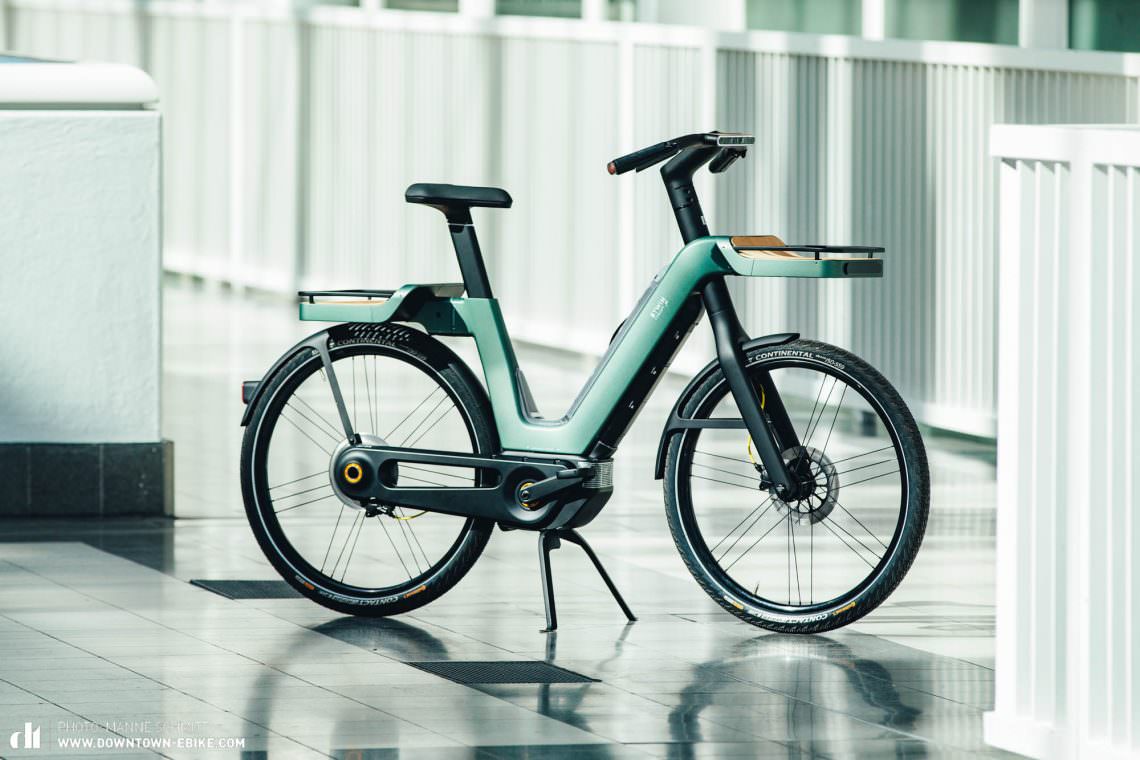
Just a dreamy glimpse into the future? Decathlon’s Magic Bike in detail
With the Magic Bike, Decathlon’s development team produced a feasibility study that aims to go beyond just having a production-ready e-bike and is primarily about experimenting and responding to the emotions and needs of e-bikers as well as identifying problems and finding a matching solution. The Magic Bike is intended to be a showcase of technical possibilities and thus drive technological development among bike manufacturers. Ultimately, the developers want the entire bike community to benefit from the clever features, whether it’s in the shape of a Magic Bike or another bike from the competition.

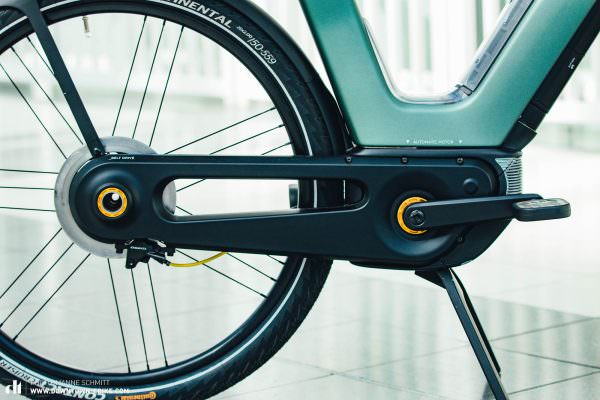
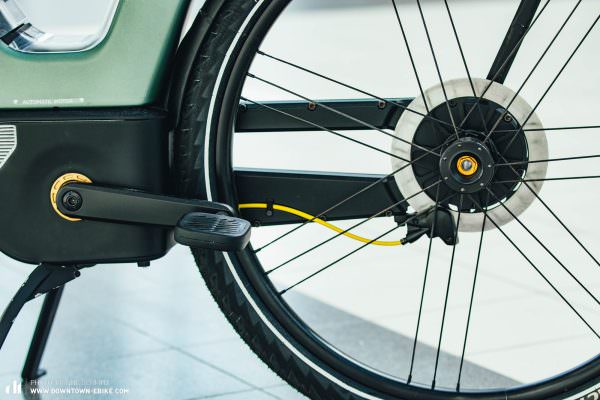
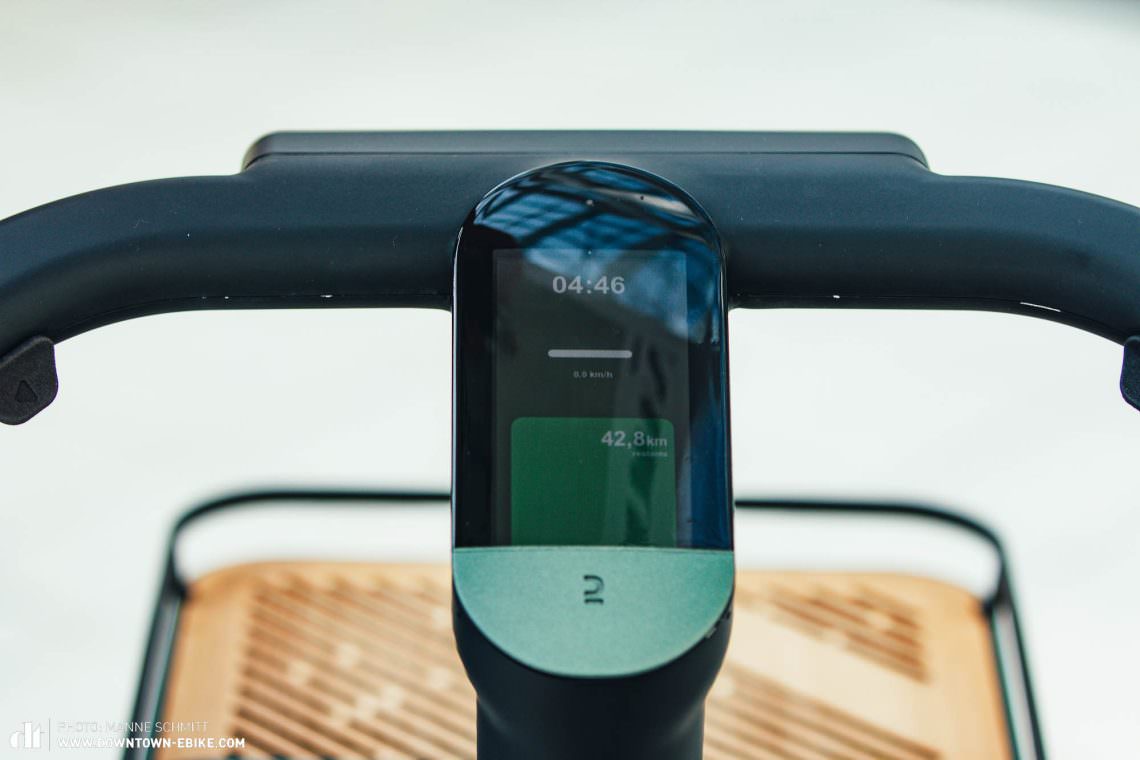
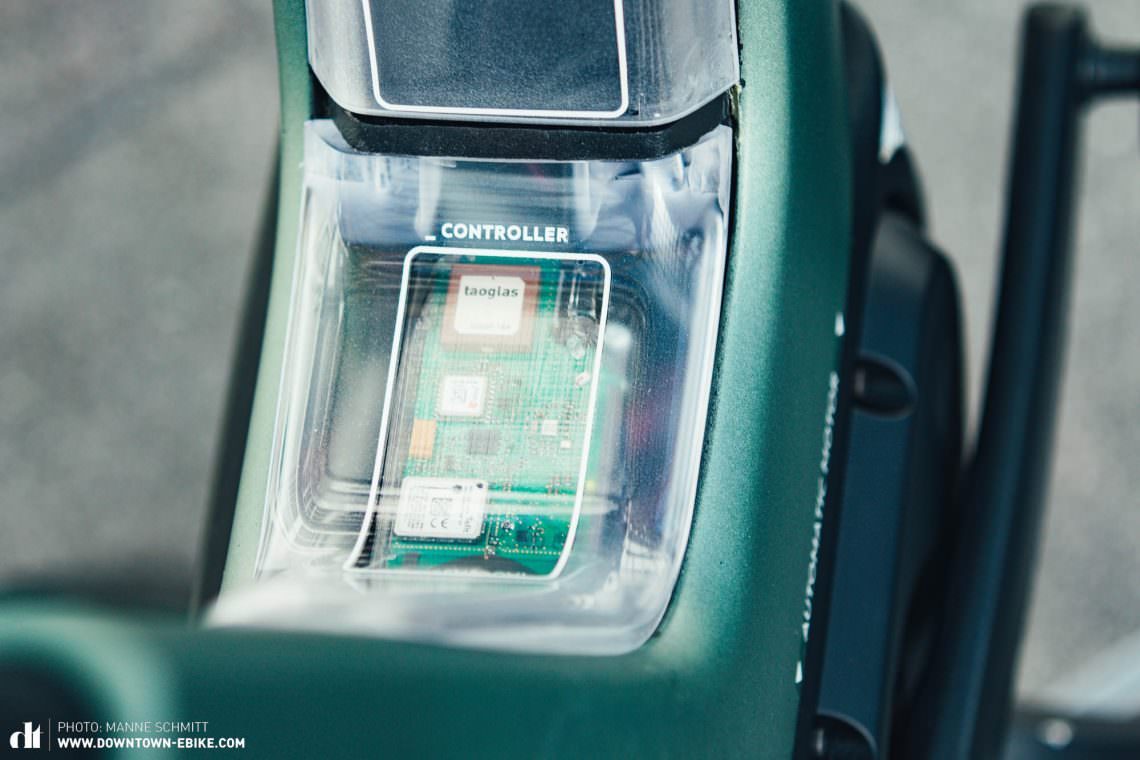

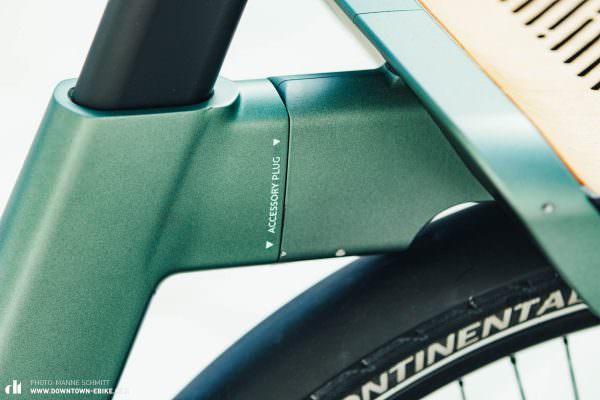



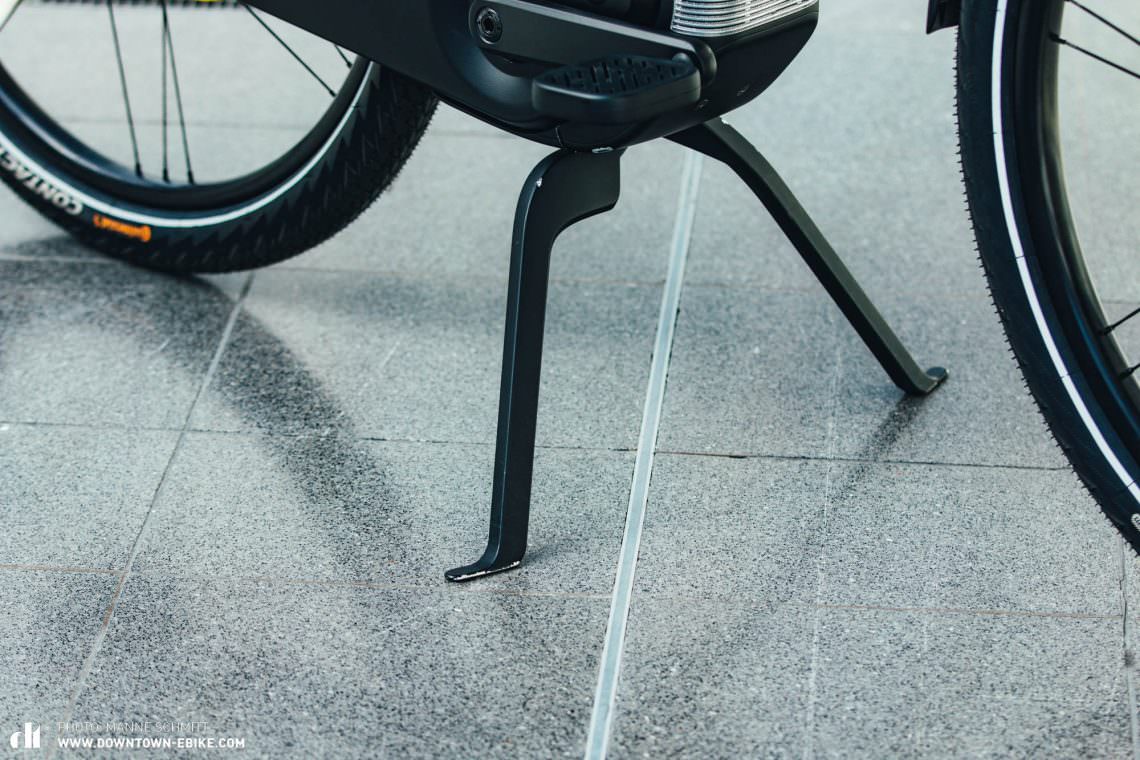


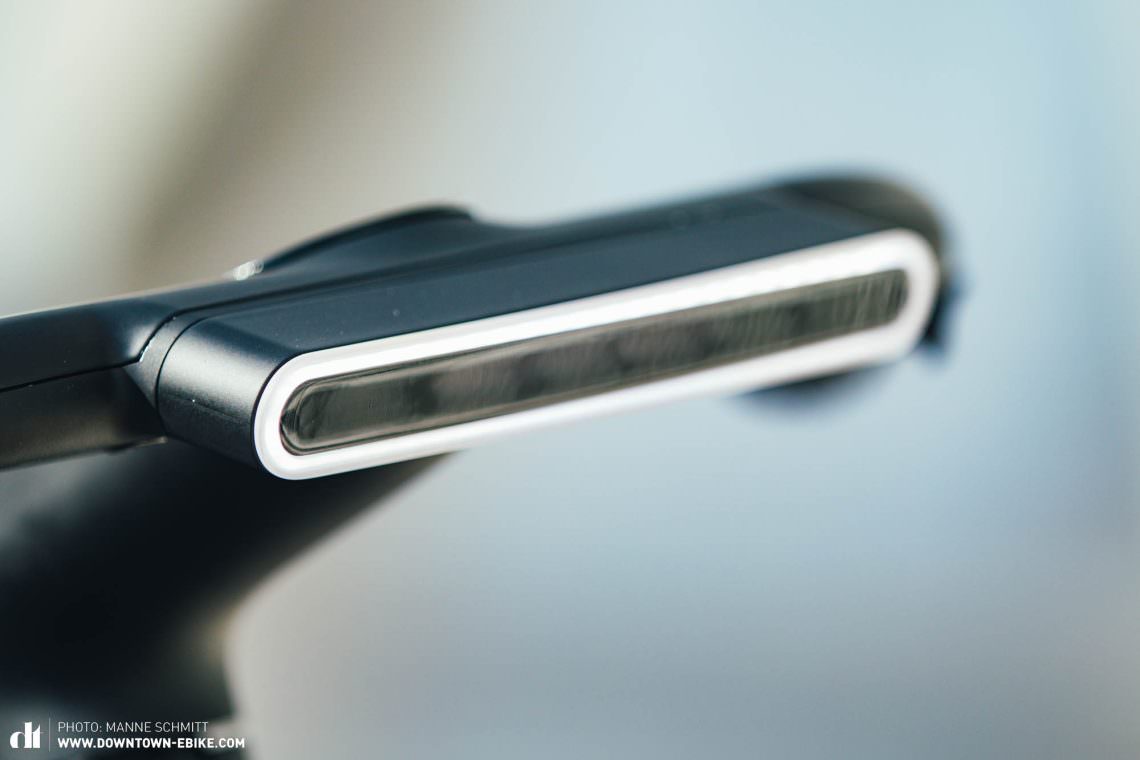
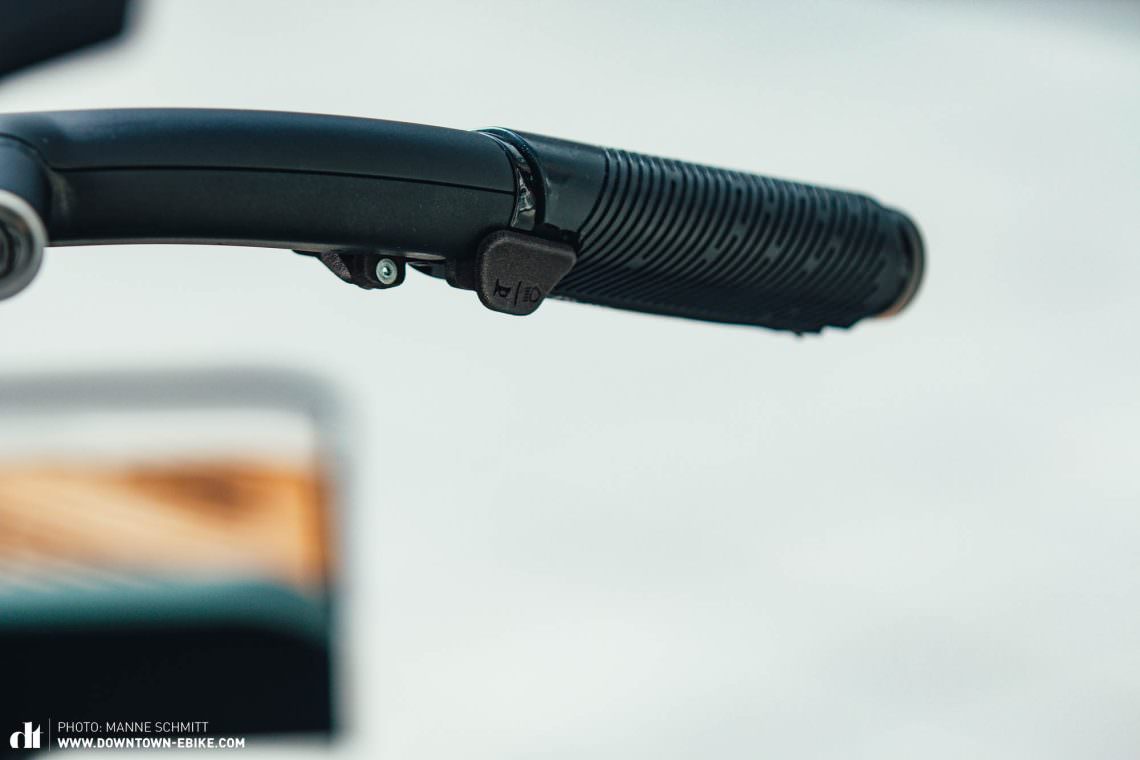
Visions are a preview of the future! Will the Magic Bike just remain a dreamy showcase of technological possibilities or will it find its way into one of Decathlon’s 1,700 shops? Unfortunately not! As innovative and forward-thinking as it may be, Decathlon’s concept study won’t make it into production. However, the Magic Bike ignited the creative fire of developers, who are already working on the concept study for the Magic Bike 2.0, which will serve as an example for the trekking bike sector just as the Magic Bike did for the urban sector.
Words: Rudolf Fischer Photos: Manfred Schmitt






